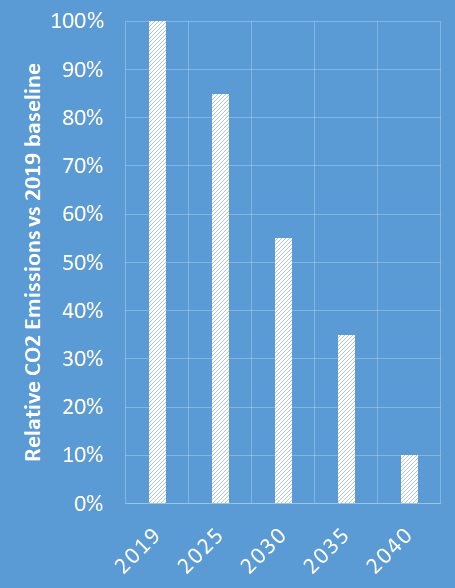Revised CO2 standards in Europe for heavy-duty vehicles
90% CO2 reduction by 2040, 100% urban buses to be ZEVs, Definition of ZEVs expanded to higher CO2
Europe has proposed an ambitious revision to its heavy-duty vehicle CO2 emission standards.
Previous standards required a reduction of 15% by 2025 and 30% by 2030, for a subset of the vehicle categories. The new standards expand the applicable categories and require deeper reductions.
For vehicle sub-groups 4-UD, 4-RD, 4-LH, 5-RD, 5-LH, 9-RD, 9-LH, 10-RD, 10-LH
Compared to 2019, CO2 emissions reduction of:
15% for 2025 to 2029
45% for 2030 to 2034
65% for 2035 to 2039
90% for 2040 and beyond

5-Min Monthly
Sign-up to receive newsletter via email
Thank you!
You have successfully joined our subscriber list.
Tagged CO2, electrification, Fuel economy, Heavy-duty, Heavy-duty regulations, Hydrogen, Trucks

